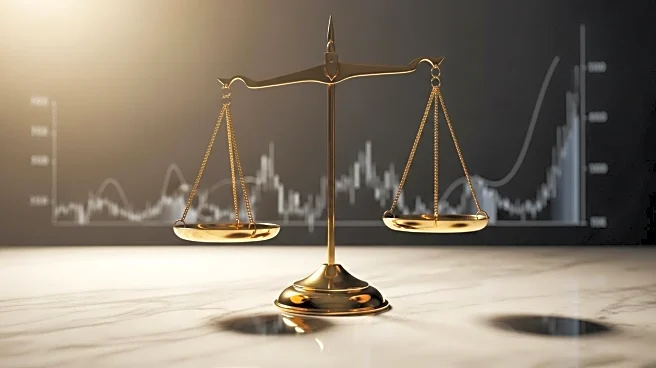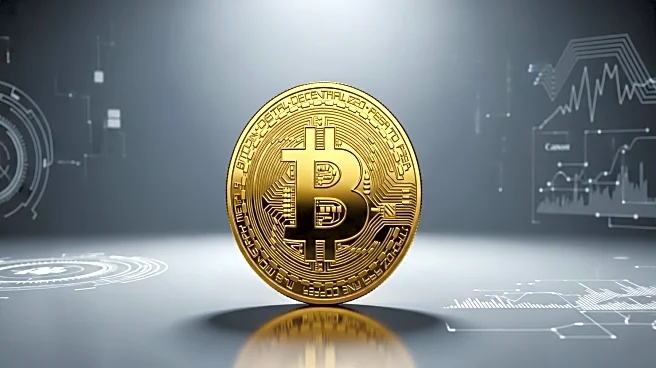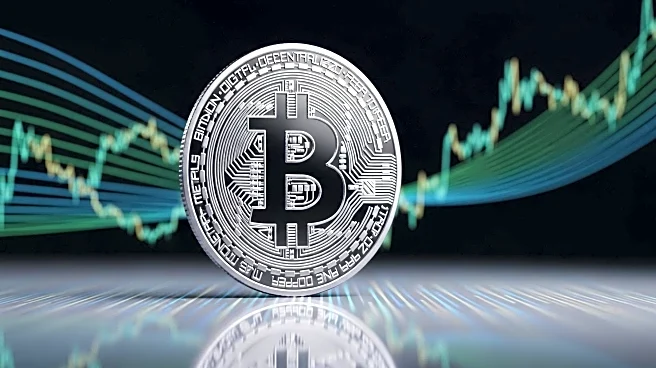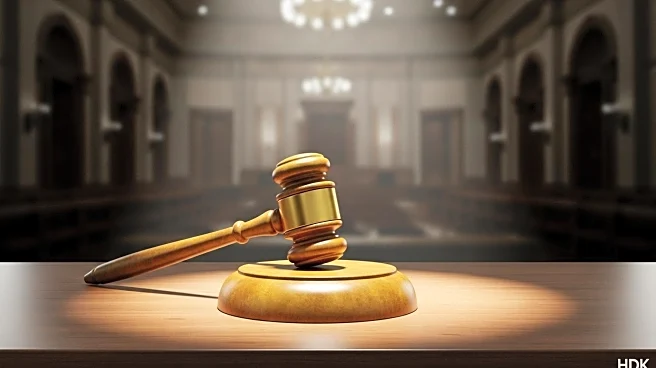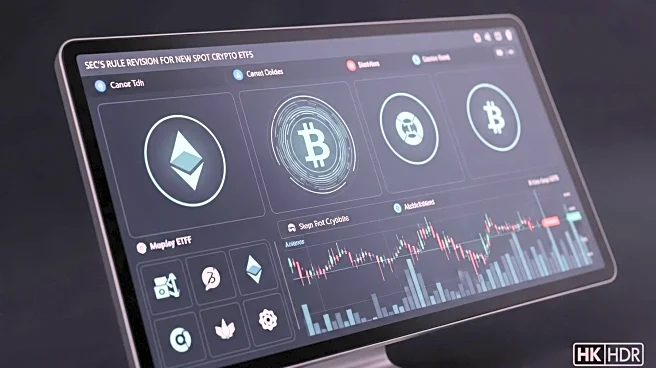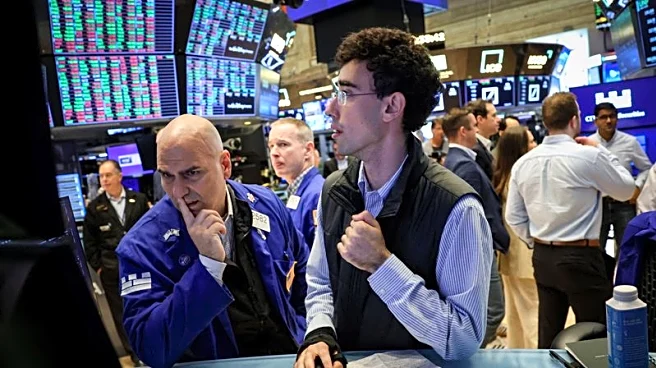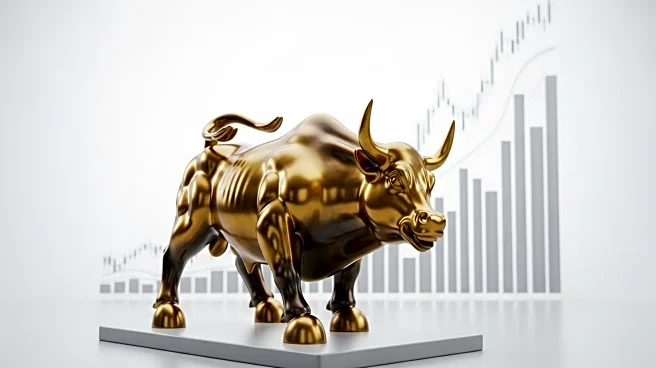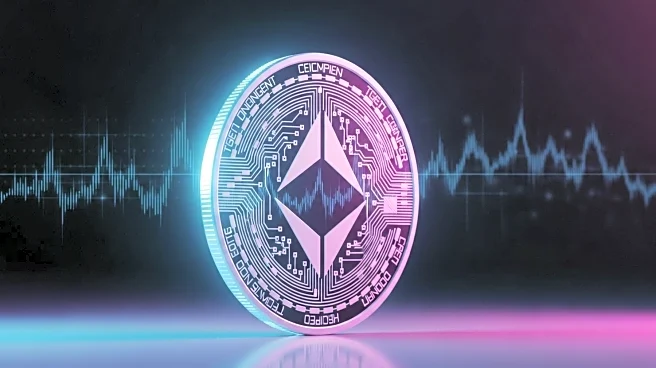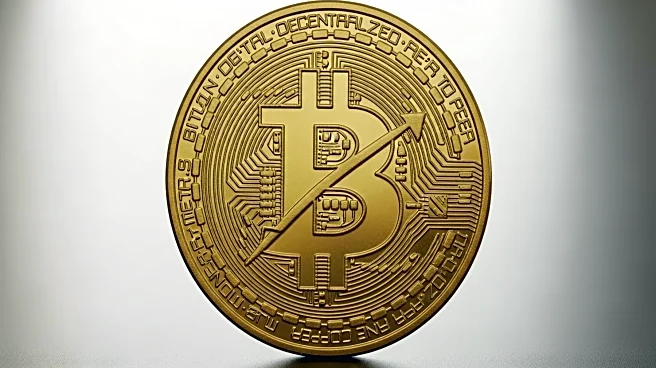What's Happening?
A 12-foot golden statue of President Trump holding a Bitcoin has been installed outside the Capitol in Washington, D.C. The statue was placed by a group of cryptocurrency investors aiming to spark discussion about the future of government-issued currency. According to Hichem Zaghdoudi, a representative for the group, the statue serves as a symbol of the intersection between modern politics and financial innovation. The installation coincided with the Federal Reserve's interest rate decision, emphasizing the growing influence of cryptocurrency in economic policy discussions.
Why It's Important?
The installation of the Trump statue underscores the increasing relevance of cryptocurrency in political and economic discourse. As digital currencies gain traction, they challenge traditional financial systems and prompt discussions on regulatory frameworks. The statue's presence at the Capitol highlights the potential impact of cryptocurrency on government-issued currency and economic policy. This event may influence policymakers to consider the implications of digital currencies on national and global economies, potentially leading to new regulations or adaptations in financial systems.
What's Next?
The installation may prompt reactions from political leaders and financial institutions regarding the role of cryptocurrency in economic policy. As the Federal Reserve continues to shape economic policy, discussions around digital currencies could lead to legislative or regulatory actions. Stakeholders in the cryptocurrency industry may use this opportunity to advocate for favorable policies, while traditional financial institutions might push for stricter regulations to maintain stability in the financial system.
Beyond the Headlines
The statue's installation raises questions about the cultural and ethical dimensions of using political figures to promote financial innovation. It reflects the growing intersection of politics and technology, where symbolic acts can influence public perception and policy discussions. This event may also contribute to broader debates on the role of art and symbolism in political discourse, challenging traditional boundaries between politics, finance, and culture.

